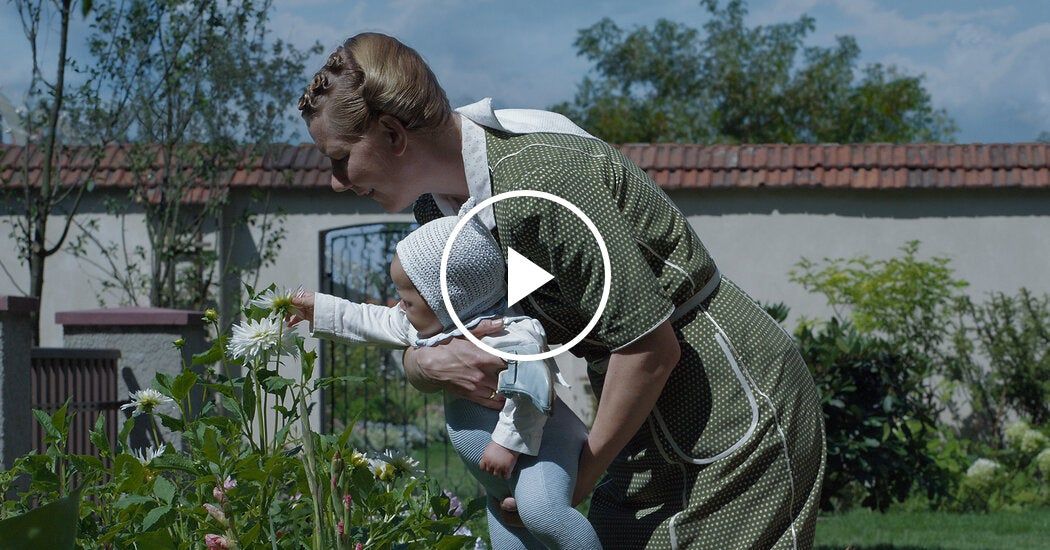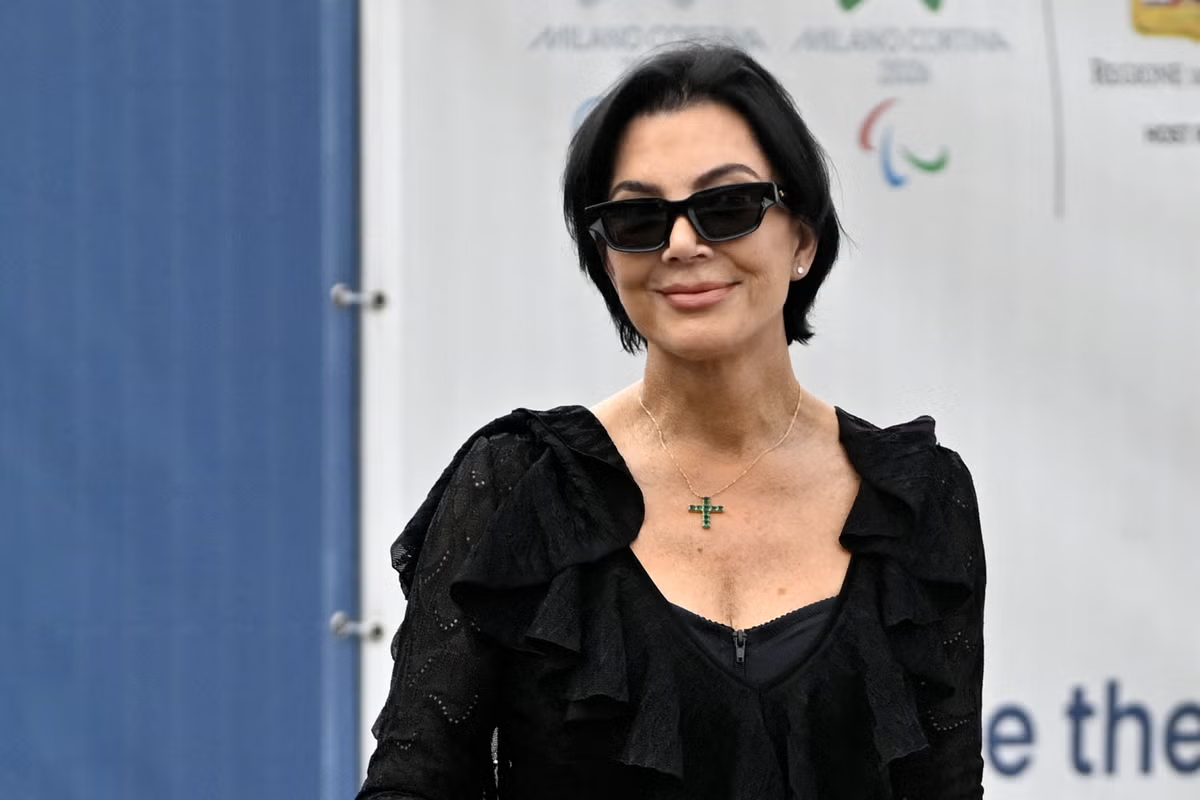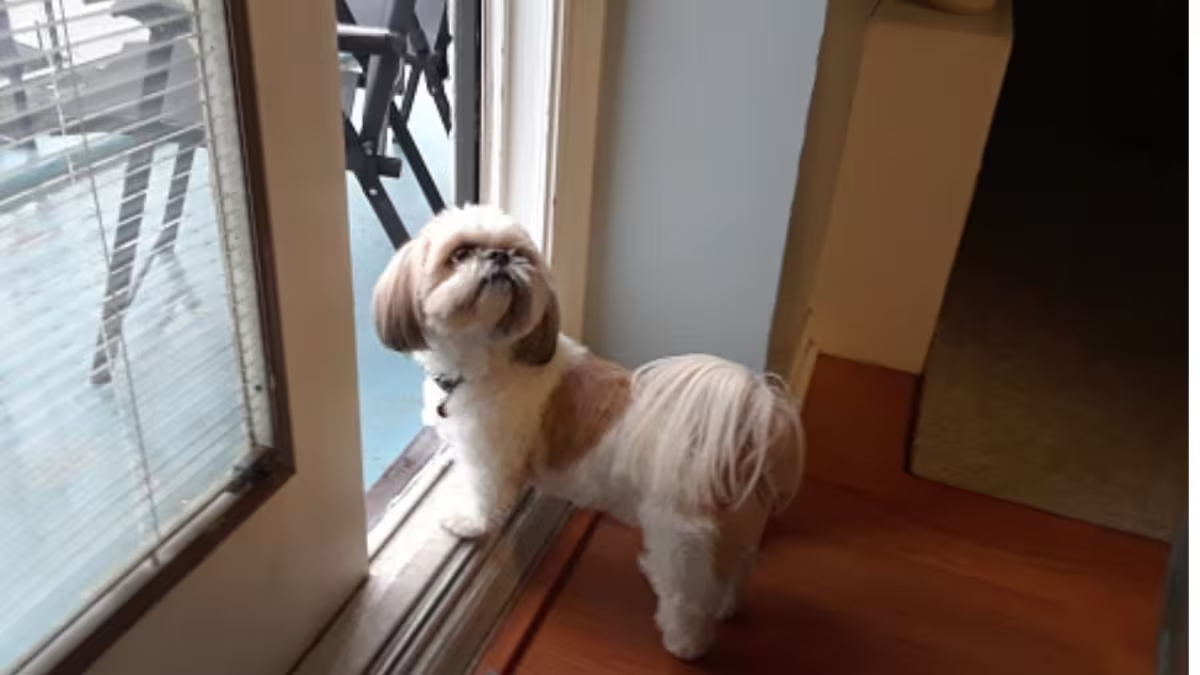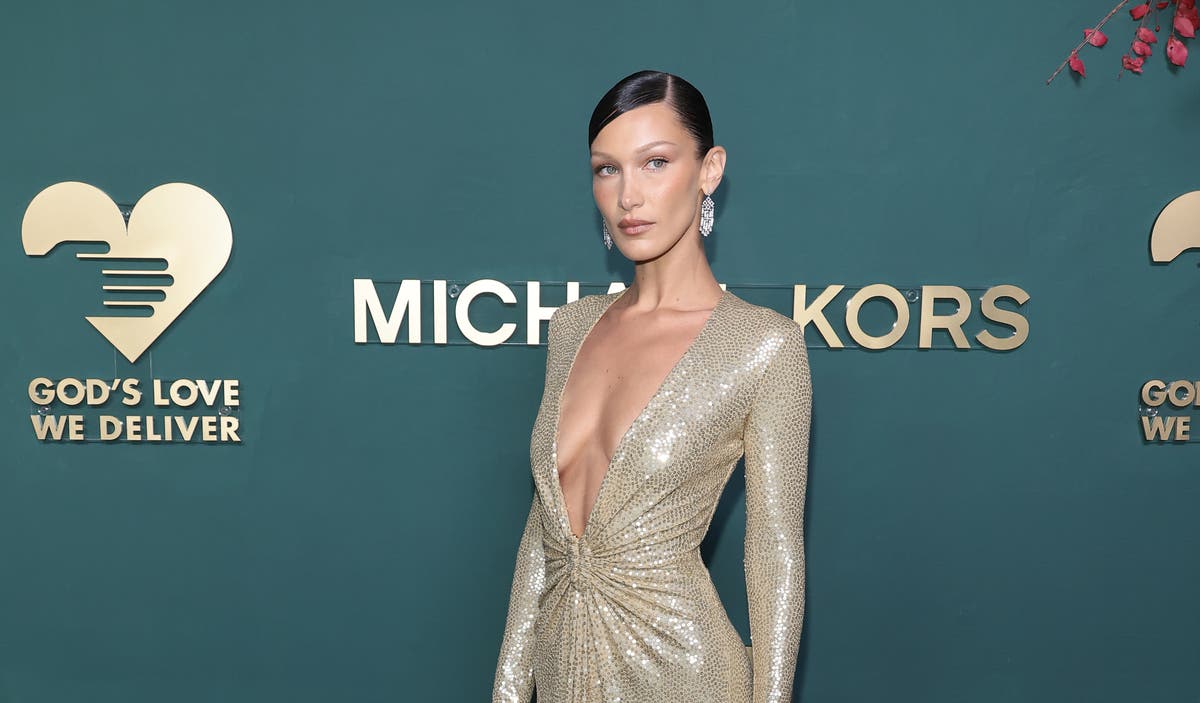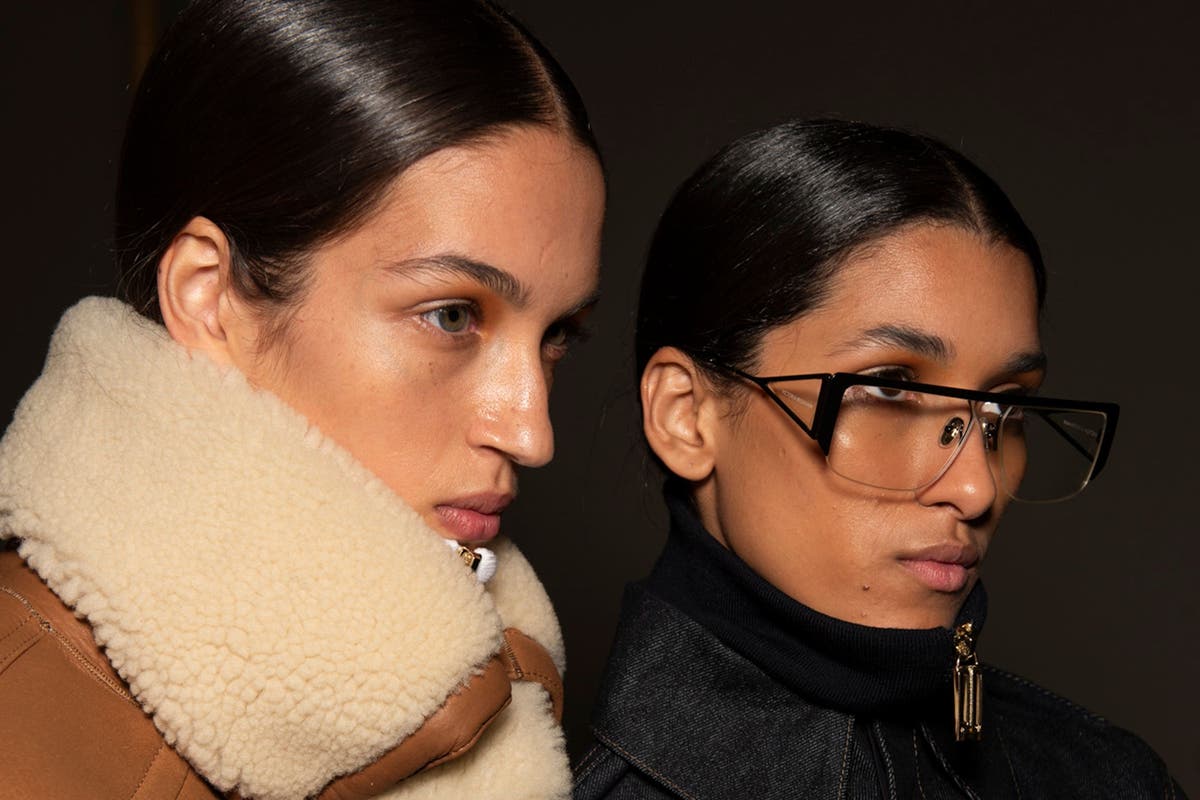“Hello, my name is Jonathan Glazer and I am the writer and director of 'Zone of Interest.' Thus, we open the sequence with a prisoner gardener, one of whose tasks is to clean the boots of Rudolf Höss, the commander. So everything you're going to see in this scene was filmed simultaneously with 10 cameras. Here we see Hedwig Höss with her friends having fun… it's a typical weekday morning at the Höss house. The cameras have just filmed those women in the kitchen, they are running simultaneously with the cameras here filming this girl. And she is a character called Aniela, who was real and lived and worked in the Höss house as a maid, like many of the local Polish girls who worked in SS houses for themselves and their families. I follow her in this sequence rather than the main characters, because it's really one of the only times in the film where we get to see, connect with, and spend time with, essentially, a victim of these atrocities. She's not a Jewish girl. She is a local Polish girl. As long as she keeps her head down and continues with her work, she will be safe. So that's what you see here, really. I remember that my direction towards her was to be invisible. That was what she had to do, and do it all as if her life depended on it. That's why every action here is carefully considered. She is really fantastic. The purpose of filming, using all of these cameras simultaneously, was because I didn't really want to have the artificial construction of a conventional film to tell this story, but rather, to see them anthropologically, as if we were a fly on the wall, really. , and just watching how they behaved and how they interacted, and not getting caught up in the kind of screen psychologies that one has when using close-ups, cinematic lighting, etc. All you see is that there is no movie lighting. It's all natural light. No film lights are used in the film and everything is filmed simultaneously. And I think the effect also puts the viewer at the same time as the actors. So we're stuck in a kind of present-tense atmosphere, like this is really happening. There's nothing to process like we normally process movies. Actually, it's a kind of Big Brother effect. And what he's doing is obviously picking up the commander's boots. He is in a meeting. He has returned from the fields with blood on them and she lets him know that they are ready. “These guys in this scene are two senior engineers at a crematorium company called Topf & Sons, who built and supplied crematoriums to the various concentration camps.” – [NON-ENGLISH SPEECH] “The tone of this scene really is like they're selling air conditioning units. Because for them, effectively, that was all that mattered about human life. In fact, they refer to them as pieces of this scene, not as human beings. And the map you point to here was called Ring Furnace, which was the latest design. They never built it, but that was the latest design in crematorium technology. And he hopes that Rudolf Höss will buy it.” – [NON-ENGLISH SPEECH]

